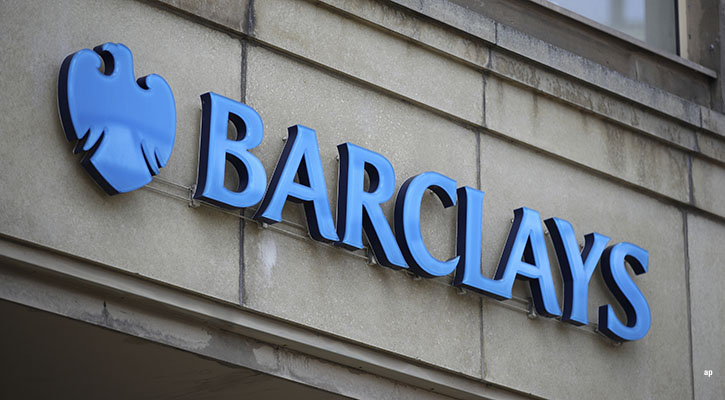
Stock prices in London were deep in the red on Friday as London-listed banks weighed down the FTSE 100 following a steep sell-off of peers across the Atlantic on Thursday.
In London, banks were amongst the worst performers after signs of trouble at a major US lender sparked concerns about the wider banking sector.
HSBC lost 5%, Standard Chartered 4.8%, Barclays 4.5%, NatWest 2.8%, and Lloyds 3.6%.
Shares of Silicon Valley-focused lender SVB Financial plummeted 60% on Thursday, and continued to fall in after-hours trading, following an announcement the prior evening that it had lost $1.8 billion in sales of securities to raise funds.
The massive drop rippled through the financial sector, with the biggest US banks share prices falling on Thursday, and that spilled over into Asia and Europe on Friday.
Read This:
Pitchbook: Silicon Valley Bank’s Liquidity Crisis Rocks the Tech World
What Happened to SVB?
The bank said it planned to raise $2.25 billion in capital and will issue $1.25 billion of common stock and $500 million of preferred shares. It also agreed to sell $500 million of common stock to General Atlantic, a private equity firm that invests in growth companies in the technology, healthcare, and financial-services sectors, among others.
“Aside from crypto-related meltdowns, this is one of the first banks we’ve seen that has really suffered a liquidity crunch, which has forced it to restructure the balance sheet and realise losses on its securities portfolios,” said Eric Compton, equity strategist at Morningstar.
He added: “SVB scores materially worse than any bank we cover on liquidity and unrealized-loss metrics. This makes us think that SVB could be facing a unique liquidity crunch that does not have to feed through the entire system; however, it does highlight that these risks are now more elevated. It also highlights that it can be very difficult to predict how funding pressure can change in any given quarter and when these risks can materialise.”
Credit Risk
Compton explains: “Banks bought mortgage-backed securities and Treasuries before interest rates started to rise. As interest rates have risen, the prices of these securities went down. Banks are holding a number of securities which technically have losses on them but as yet are unrealised.
“The securities pose limited credit risk because Treasuries and government-backed MBS carry the explicit or implicit backing of the government. However, if a bank is forced to sell them at a loss, those losses will then flow through the balance sheet and start to erode equity. This presents a liquidity problem, especially if deposits start to leave the banks, which they are. Deposit outflows put more and more pressure on the banks to sell off existing assets. This risk has been lurking beneath the surface but just materialized in a big way for SVB. This is why bank stocks are selling off in response to this news.”
In November, Martin Gruenberg, the acting chairman of the Federal Deposit Insurance Corp., flagged mounting unrealised losses in bank securities portfolios as an “overhang” that could soon become “problematic”.
Still, Compton says he doesn’t expect other banks in his coverage area will need to take similar measures to SVB. He explains that while Truist Financial TFC, U.S. Bancorp, and Bank of America BAC have the largest unrealised losses as a percentage of tangible equity, “their liquidity profiles seem much less stressed than SVB.”
SVB’s actions highlight increasing funding pressures in the banking industry that will put pressure on net interest income, Compton says.
“Liquidity issues are an evolving risk worth watching,” he adds.




























